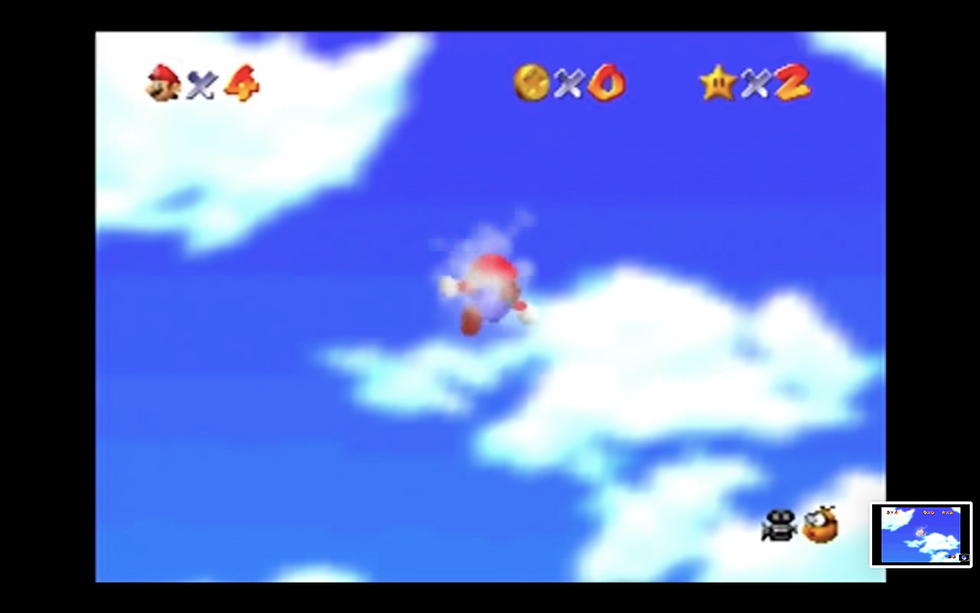Game Review: Alone in the Dark
- Evelyn S
- Oct 18, 2019
- 4 min read
The 1992 PC game Alone in the Dark brings us a survival horror experience through its dramatic storyline and eerie creatures. Known as the first 3D survival horror game, Alone in the Dark implements puzzles, combat, and jumping strategies into its horror-mystery storyline.
Louisiana. 1924. The death of artist Jeremy Hartwood raises questions around the mysterious mansion where he lived and died. When you enter the mansion to investigate the source of its evil hauntings, all doors slam shut. The goal: escape.

Playing Alone in the Dark immediately feels overwhelming. Basic controls only use the directional arrow keys, but multiple key actions are tied to the spacebar, requiring the player to manually select an option from a menu. Choosing to “Fight”, “Open/Search”, “Jump”, “Push”, “Close” allows the player to interact with objects and fight with aggressive creatures. The fixed third-person perspective creates odd angles that evoke the tension and constraint of horror movies. And while Alone in the Dark is definitely “dark”, you are never truly “alone”. One minute after starting in the mansion’s attic, a flying rat-like monster crashes through the window and a zombie appears from a trapdoor in the floor. The player quickly learns the importance of saving in a survival game.

Although most of the mansion’s floors encourage non-linear exploration, the dead ends and instant death mechanics produce surprisingly difficult gameplay. With an inventory limited by weight, the player is forced to make decisions about carrying items. If something is broken, used, or lost, then restarting is the only option. You are constantly vulnerable to attacks from the mansion’s dangerous creatures, and even reading a book can be deadly.
From the beginning, a text-heavy character selection screen informs us of the game’s connection to literary fiction. The player character, either Edward Carnby or Emily Hartwood, faces against supernatural creatures inspired by the Lovecraftian mythos. Books and letters scattered around the mansion provide clues toward a general story, but the influences from classic fiction generate a supernatural world that only feels familiar because of previous exposure to horror media. However, the graphics and interactive possibilities expand the player’s perception of “horror” and produce a unique world in which environments and attacks are inconsistent.

While common actions (finding keys to open locked doors and using a lantern to see in dark rooms) remain the same, the player must adapt to dramatically different mechanics in every situation. Reading specific books will kill you. The basement water will destroy your weapon. A specific dagger must be used to send the library ghost back to its own dimension. You must play music to keep ghosts calm. Use human flesh soup to subdue zombies. Paintings will come to life and throw weapons at you. Sword-fight with a pirate. A giant worm chases you through fleshy red tunnels. A possessed tree shoots deadly fireballs. All appear only once. Each interaction with an object, monster, or room may produce memories and associations, using narrative fragments to build impact within a horror experience. The tone of this horror-mystery-action-comedy will depend on choices and logic puzzles. The player approaches the game with expectations around a horror-mystery narrative, but the huge variety of game mechanics broadens an otherwise narrow horror genre. Repetitive themes in music hint toward danger nearby, but “danger music” also randomly appears in safe areas. Here, the unpredictable situations stimulate confusion, anxiety, and amusement more than fear or panic, and as a story, Alone in the Dark plays with emotional expectations in narrative fiction.

Despite how much the game promotes ambient feelings through well-known weird fiction, the player’s choices can dynamically shape the experience. Exploration, creativity, and logic will help you avoid most of the fights, but the player’s performance and progress will either accept or dismiss the idea of “horror” gameplay. In one room, zombies sit patiently around a dining table. The player can choose to fight the zombies or avoid the fight by feeding them human flesh soup. Similarly, ghosts can either be avoided or provoked into aggression. Avoiding combat doesn’t affect the story’s ending, but differences in the enemy reactions add to the complexity of characters and world. In this game, the horror narrative presents itself through references to white Southern American traditions, highlighting tension in the interactions between the supernatural and historical worlds. The text within the mansion’s books references fiction and mythology in order to shape a story, but these books are not essential for survival. The game attempts to familiarize the player with horror traditions, but form (limited inventory and uncomfortable controls) does not encourage the player to follow the text. Instead, the game contains enough flexibility and non-linearity for the player to recognize imperfections in horror tradition. The unpredictable gameplay mechanics give us with the option to dismiss the story’s context by ignoring books and letters. While the horror elements in Alone in the Dark aren’t revolutionary, they control the player’s experience through past memories and narrative associations. The game offers us western traditions, but we have the freedom to choose confusion and absurdity over fear and panic.
Alone in the Dark, Windows PC version. Infogrames, 1992.




Comments